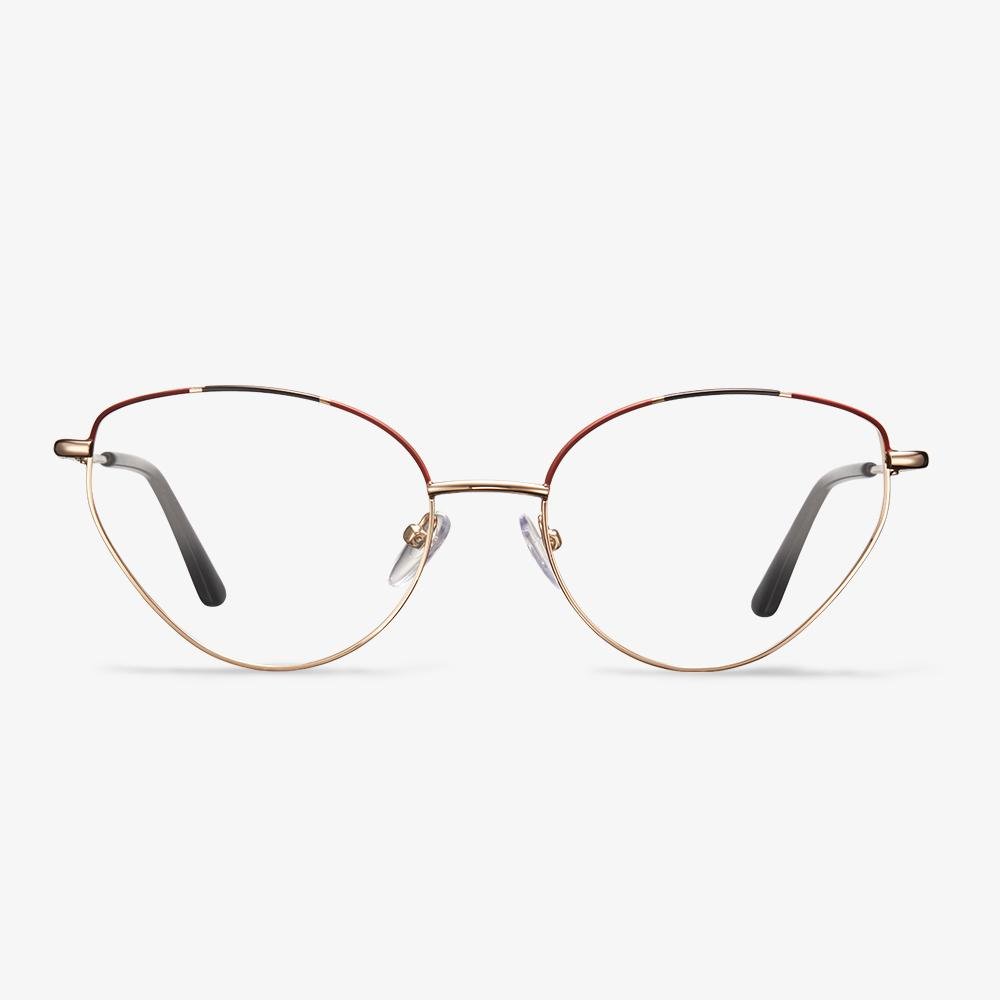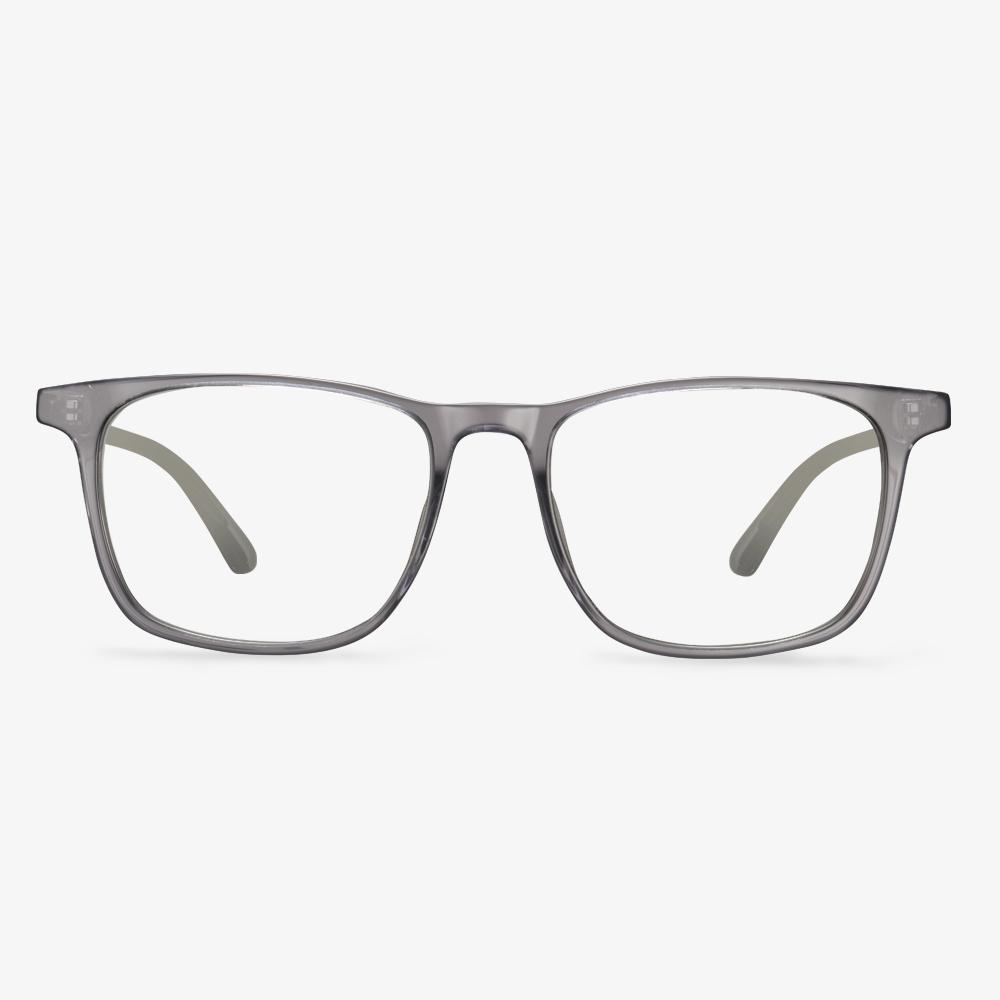Driving Sunglasses Brands
Ray-Ban polarized sunglasses
Polarized sunglasses filter polarized light. If the lenses are in dark colors (such as tan, green-gray, etc.), they are more comfortable to wear in summer. Polarized lenses are globally recognized as the most suitable lenses for driving. Glare is caused by light that is partially polarized when reflected off an object's surface. The adverse effect of glare- is to enhance brightness and reduce color saturation. It outlines the object becomes blurred and the eyes become tired, uncomfortable. A polarized lens is made according to the principle of the polarization of light, which has the special function of effectively eliminating glare, filtering the disordered light, so that the driver can improve vision and add fun to driving.
Dailisi Men's Driving Polaroid Sunglasses
It suits face shapes like rounded rectangular, square, square, and inverted triangle shapes.
Do night driving glasses work?
Yellow lenses reduce the amount of light entering the eyes, thereby reducing visibility. At night, this may be harmful, not beneficial.
Night driving glasses are available in a variety of yellow and amber colors. The darkest lens filters out the most glare, but also filters out the most light, making it difficult to see in dim or dark conditions.
Some night-driving glasses wearers report that they can see better when they wear them at night. However, visual tests have shown that night driving glasses do not improve night vision, nor can they help the driver see pedestrians faster than without them.
How to buy contact lenses online?
Choose well-known brands.Nowadays, the contact lens brands in the market are mixed, with the proliferation of inferior products, but there are still some authoritative and well-known ones, like Johnson & Johnson, Bausch & Lomb, which are products recognized by most users, and you can rest assured to buy them.
The History of Clubmaster Glasses
Clubmaster glasses are a variation of the browline sunglasses made popular in the 1950s. The lenses of clubmaster glasses are typically held in place by a thin metal frame and are of a squared-off round shape.
Although many people believe that the Cubmaster glasses root back to the 1950s, the fact is that clubmaster glasses or clubmaster sunglasses as we know them didn’t come about until Bruce Willis wore a pair of Shuron Ronsirs browline glasses with tinted lenses on the TV series Moonlighting in the mid-1980s.
From that moment, browline glasses draw the public’s attention. By the 1960s, Ray-ban was a fairly large contender in the market and its owner Bausch & Lomb was one of the top manufacturers of browline-style eyeglasses. And then the Ray-ban launched the first browline sunglasses, called it clubmaster. Sales were enormous almost immediately and despite only coming out mid-80s, they still ranked as the third most popular style of sunglasses sold in the decade, next to Ray-ban’s Wayfarers and Aviators.
Then Ray-ban took every revision of the original 1947 Browline and began offering it as part of the clubmaster series. From bold brows to lightweight metal caps first introduced in the 1950s, the clubmaster offered a style that could fit elegantly on just about any face shape. After that, the clubmaster glasses have been popular for a long time.
The Pros of Titanium Glasses
First, titanium is used in its pure form and as an alloy to provide a highly flexible eyeglasses frame. In fact, titanium eyeglasses are flexible. So, they are able to bend without breaking and can return to their original shape.
Second, titanium glasses come with good durability. Titanium alloy metals produce the world’s most durable eyeglasses frames. Choose a titanium frame and it will be nearly impossible to break.
Third, the titanium glasses are extremely lightweight. They are about 40% lighter than the standard steel glasses frames. In addition, due to the superior strength of the titanium frame, the frames can be made thinner making for even lighter frames.
Fourth, titanium glasses have hypoallergenic properties. It is rare anyone experiences adverse skin reactions to titanium frames. There are many other options on titanium frames such as color, texture, and patterns. What’s more, titanium glasses are corrosion-resistant.
So, are titanium glasses worth it? You may have the answers.
ShadyVEU HD blue light blocking Glasses
The anti-reflective yellow and amber lenses are the best choices for outdoor vision protection, as they reduce high-intensity glare from bright lights (headlights, LED signs, etc.) at night. They are suitable for daytime driving with a clear vision, especially in low light conditions such as rain, haze, and winter. Yellow and amber-colored lenses help block out our computer screens, smartphones, games consoles, tablets, and TVs, helping to prevent melatonin suppression and thus helping wearers fall asleep faster.
They are suitable for sports, hunting, fishing, cycling, work, practical and construction work, day driving, night driving, bright days, snow days, and low light conditions.
The design evolution of progressive lenses
Spherical and aspheric designs
The design of the front surface of the far-use area of the early progressive lens is similar to that of the ordinary spherical single vision lenses, so it is called a spherical progressive lens. Since 1974, the front surface of the far-use region of the lens is designed to be aspheric by designers, which not only reduces the peripheral aberration but makes the lens thinner, lighter, and less powerful.
Hard and soft design
For hard design, the channel is short, and the gradient is large. The near-use area position is high. The effective visual area of remote and near-use areas was larger. Peripheral astigmatism is relatively concentrated. Because surrounding astigmatism increases rapidly and the distribution is dense, the curve effect is more obvious. The gradient area is narrow. It is more difficult and takes longer for wearers to adapt.
Lenses with soft designs have slower gradients, longer gradients, and wider gradients. The angle of rotation of the eye from the far area to the near area is greater. It's easier to get used to. Compared with the hard design, the effective visual area of the far and near use areas is smaller, and the location of the near use area is lower.
Single, diverse, and individualized design
Initially, the progressive lenses used a single design, in which each basic curve was scaled equally and a luminosity combination was added within the range of its semi-finished lens blanks. The steepest base curve uses the same lens design as the flattest base curve. Lenses designers quickly realized that the overall performance of the lens could be improved by microcustomizing the lens design, leading to progressive lenses with multiple designs. This kind of design is called diverse design. By the mid-1990s, there was the emergence of individualized lens designs. In addition to using different gradients, these first individualized lens designs used steeper baseline curves with a slightly larger approach area to compensate for increased magnification and reduced field of view.
Symmetrical and asymmetric design
There is no difference between the left and right eyes in the symmetrical design of progressive lenses. As the eyes turn inward when they see near objects, the gradual gradient area gradually tilts to the nasal side from top to bottom, so the left/right progressive lenses should be rotated clockwise/counterclockwise respectively during processing. An asymptotic lens with left and right eye divisions is called an asymmetric design. The gradient is gradually and moderately inclined to the nasal side from top to bottom. The refractive force, astigmatism, and vertical prism of the two sides of the left and right gradient of the asymmetric design lenses are basically similar. At the same time, considering the characteristics of eye movement parameters in binocular vision, the peripheral aberrations of the corresponding positions of the left and right lenses were appropriately balanced to improve the visual effect of the wearer.


















































